The case of the Miracle of the Quails, a masterpiece by Jacopo Bassano that was purchased by the Getty Museum, caused much discussion last week: the painting was owned by the heirs of antiquarian and collector Vittorio Frascione, who obtained, from the export office of the competent superintendency, a certificate of free movement for the work, and thus permission to take the work out of the national territory. Italian law provides that an asset of significant cultural interest can become the subject of a constraint, that is, be subject to restrictions that prevent it from leaving Italy, if experts assess the presence of exceptional criteria that suggest preventing the work from leaving. The case of Jacopo Bassano’s painting has caused debate because, although the transaction was perfectly legal, many are convinced that the Italian state should not have granted permission, but notified the work (i.e., subjected it to a restriction) because of its very high quality and rarity, and then purchased it for public collections.
However, that of Jacopo Bassano’s masterpiece is not an isolated case: in fact, there are many masterpieces that, in the postwar period, left Italy in the same or similar ways, that is, because they were owned by private collectors who, having obtained a license to export the work, put it on the market, and the work ended up abroad. In this roundup we see a list of ten “regrets,” if we want to call them that: that is, ten masterpieces on which the state would perhaps have done well to place a lien to prevent them from leaving Italy, and possibly for later purchase in order to secure the works for national collections. These are, in all cases, exits that have always taken place in full legality (as we shall see, there is only one case on the list that is currently sub iudice, but it concerns a revocation of the superintendence, and so there is nothing illegal about it), so there is no hope of seeing the works return to Italy, unless their current owners put them back on the market and the state buys them (this has already happened in some cases, including recent ones).
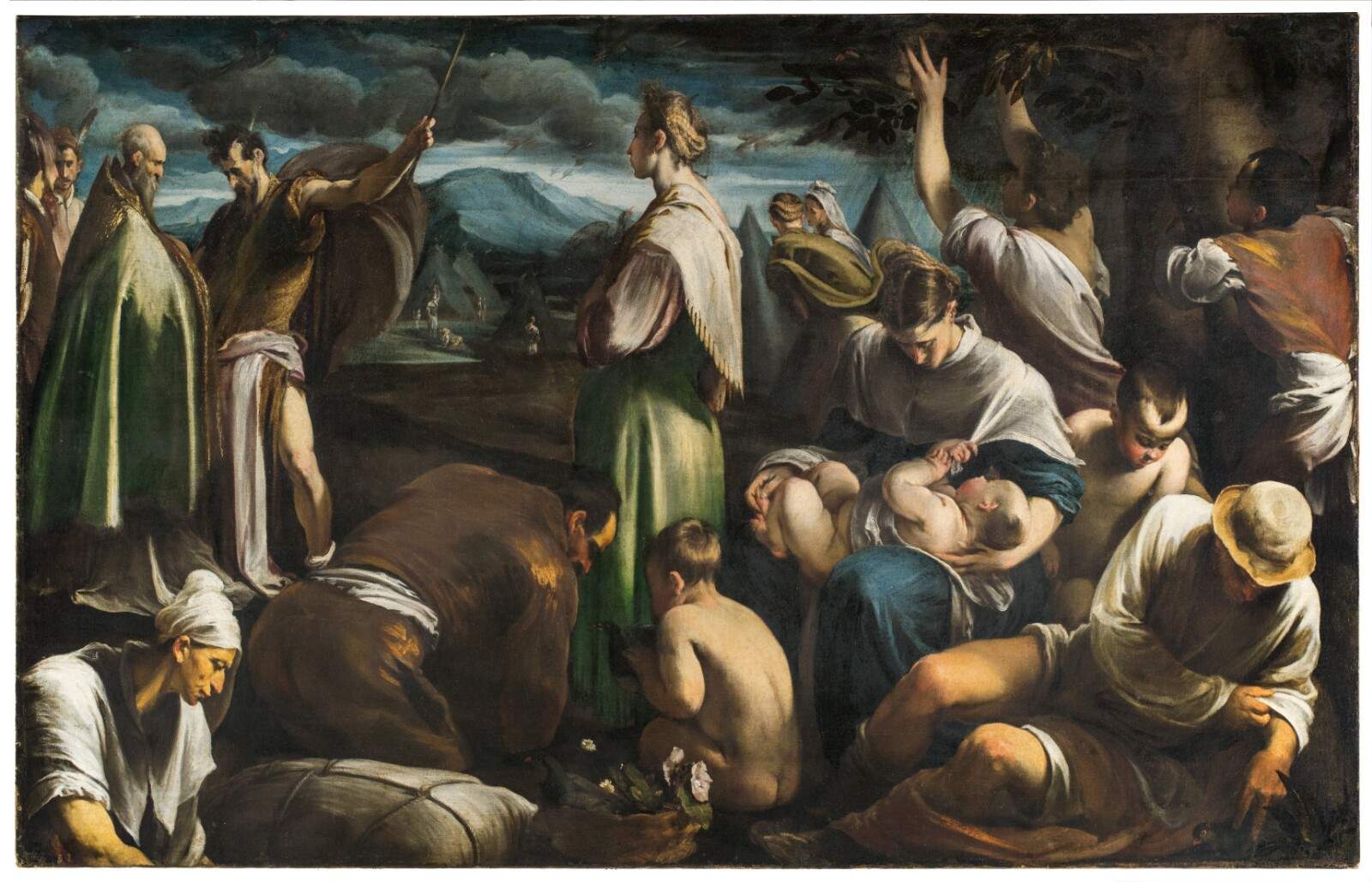
This is one of the most discussed releases in republican history: in fact, it is the best-known masterpiece among those that, until 1978, were part of the Contini Bonacossi collection, which belonged to the collector Alessandro Contini Bonacossi, who would have liked to donate the collection to the Italian state, with the stipulation that the collection remain intact and linked to Florence. However, a writing having value was missing, and the heirs, as a result, were divided between those who wanted to carry out their father’s wishes and those who preferred to retain ownership of the collection. The state had to intervene, with an ad hoc law that caused much discussion: under the measure, the state granted permission for the export of the vast majority of the Contini Bonacossi collection (about 800 pieces out of 1,066 in total), and in return it would get a part of it, with pieces judged worthy of remaining in Italy according to a commission of experts appointed for the purpose. The portrait of Sigismondo Pandolfo Malatesta, a masterpiece by Piero della Francesca, was among the works that left. Placed on the market, the panel was purchased by the Louvre.

This canvas by Zurbarán was one of the Spanish painter’s few paintings on Italian soil. The Norton Simon Museum in Pasadena, which now owns it, calls it an “extraordinary painting,” partly because it is the only signed and dated still life by the great Andalusian artist. It is another of the works that were part of the Contini Bonacossi Collection and that the Italian state was unable to retain. The scale of the releases, like that of Piero della Francesca and that of Zurbarán, in the months that followed gave rise to a trail of controversy and parliamentary questions. Paradoxically, in the following years some works were put back on the market and purchased by the state.
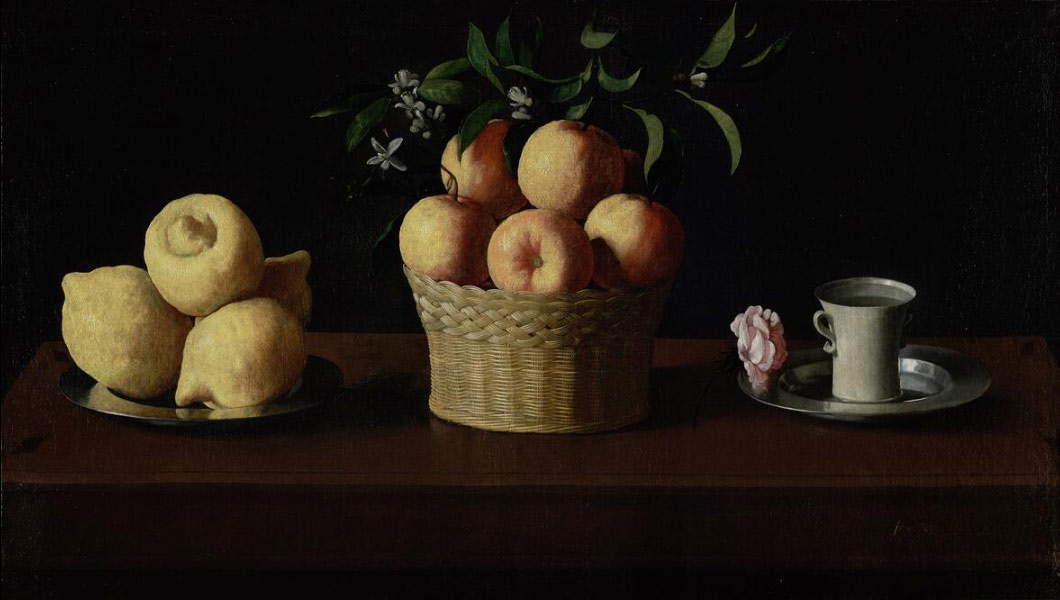
The painting was purchased by the National Gallery of Victoria in Melbourne in 1976, after the state granted permission for its release: Federico Zeri himself, in his Behind the Image, wondered how this could be possible, since it is not only a work by a very important artist (although well represented in Italian public collections), but also and above all a subject that is more unique than rare. Indeed, the work, according to many, depicts the burning at the stake of the Bohemian reformer Jan Hus, who was burned at the stake as a heretic in 1415, and in addition to being one of the few contemporary images of his torture, it is also the only known one produced by an Italian artist. Scholar Gordon Moran has speculated its illustrious provenance: from the altar of the Arte della Lana in the church of Santa Maria del Carmine in Florence.
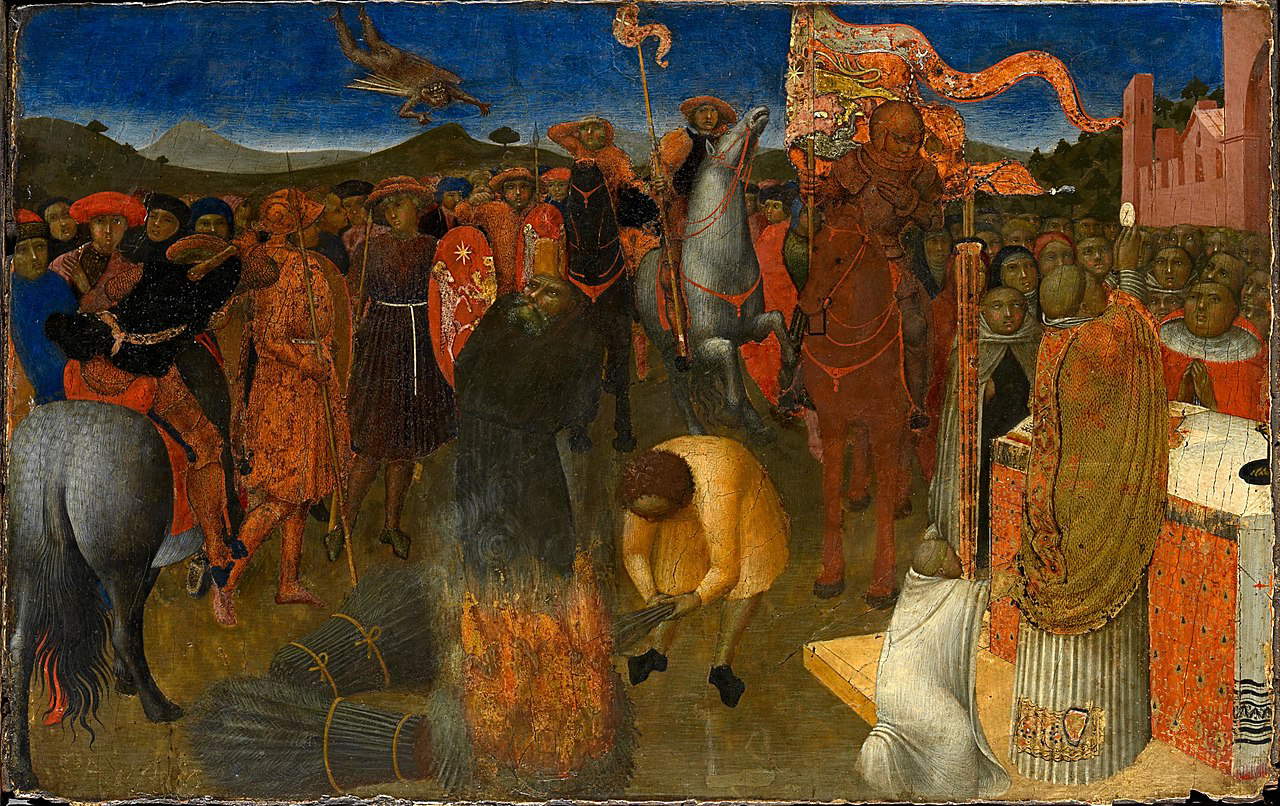
Another of the most talked-about releases of recent decades. For three centuries, this painting had never moved from the city for which it was made-Genoa. In fact, Orazio Gentileschi painted his Danae for the residence of local nobleman Giovanni Antonio Sauli. The painting, which would later be replicated by Gentileschi (another Danae is in the Cleveland Museum of Art), remained the property of the Sauli family and its heirs until the 1970s. The last heir, Carlotta Fasciotti Giustiniani Cattaneo-Adorno, also a member of a historic Genoese family, obtained an export license in 1975 and sold the work to English collector Thomas P. Grange. The latter then in turn sold it to American Richard L. Feigen in 1979, and in 2016 Feigen’s heirs decided to sell it at auction at Sotheby’s. It was won by the Getty, spending the sum of $30.5 million. The work thus joined Gentileschi’s Lot and Daughters, also painted for Giovanni Antonio Sauli, and also put on the market by the Genoese nobleman’s heirs (in this case, in the late 19th century), and purchased by the Getty in 1998.

Titian’s work was once in the Scuola di San Giovanni Evnagelista in Venice, and was later requisitioned in Napoleonic times, in 1806, to be transferred to the Gallerie dell’Accademia in Venice. The Venetian museum, however, soon disposed of it because the work was in poor condition and, to the thinking of the time, was a defect: the painting thus came to the Turin collector Barbini, who in turn sold it in 1885 to Count Bertalazone d’Arache. The work was then purchased by Alessandro Contini Bonacossi, who in 1954 obtained permission to export it and sold it to the Samuel H. Kress Foundation. From the latter, in 1957, it came to the National Gallery of Art in Washington following a donation.

A masterpiece by Orazio Borgianni of illustrious provenance (in fact, it was supposedly among the possessions of Juan de Lezcano, secretary to the viceroy of Spain at the time it was made), Christ among the Doctors, one of the most interesting works in this early Caravaggesque’s catalog, was acquired by the Dutch Broere Foundation (which then turned it over on a long-term loan to the Rijksmuseum in Amsterdam) in a Sotheby’s auction in 2012, for the sum of £3.4 million. Before the auction that saw it go the way of Holland, the painting was in a private collection in Rome.
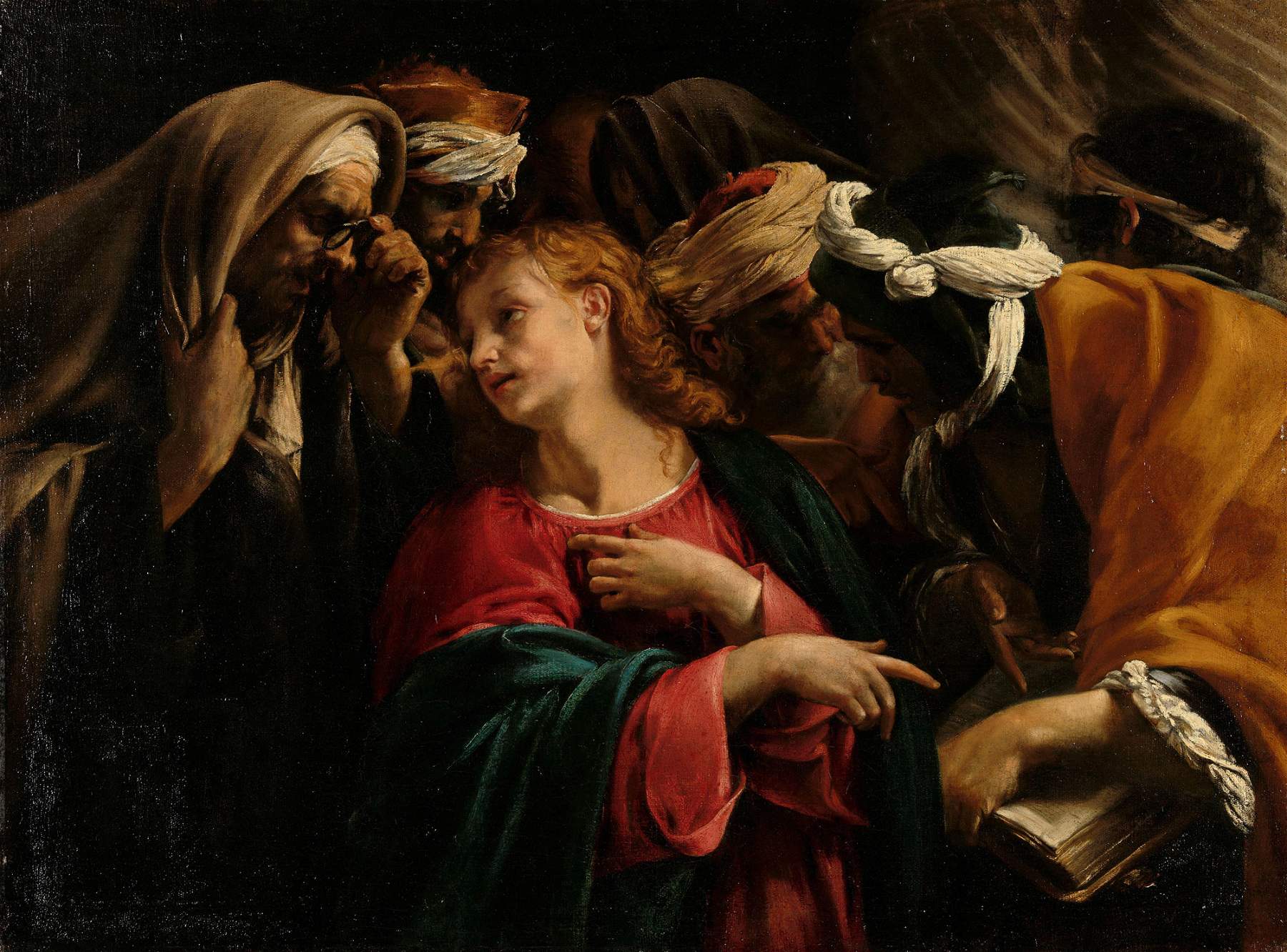
This is one of the Flemish artist’s most interesting portraits, a reflection of his important stay in Rome, which had a decisive influence on him in terms of the way he treated light. An illustrious provenance (Barberini collection) is also hypothesized for this painting: reappearing in 1955 in the collection of architect Andrea Busiri Vici, it left Italy shortly thereafter and was purchased by a private collector. In 1981 the work ended up at auction and was purchased by Hans Heinrich Thyssen-Bornemisza for his own collection. Today it is one of the masterpieces of the museum that was formed from the Swiss baron’s collection.
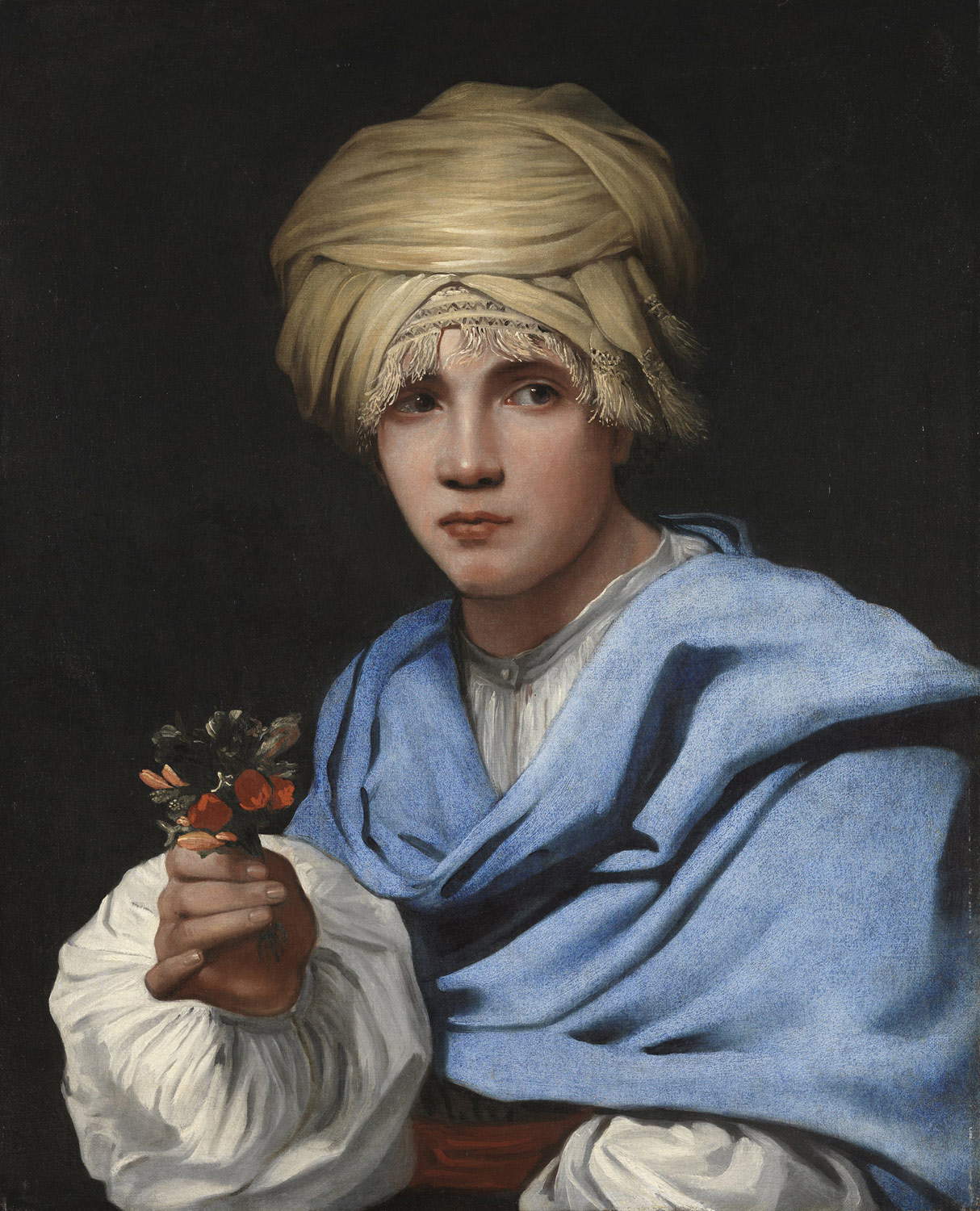
Important canvas from the last year of Guido Reni’s activity: it was in his studio when the artist disappeared, so much so that some parts remained unfinished. In 1645 the painting was in the possession of Cardinal Francesco Barberini, and through hereditary ways it passed first to the Barberini-Colonna di Sciarra and then to the Corsini: it was then sold by the latter in 1968, after obtaining export permission, to the London antiquarian Colnaghi, who in turn sold it in 1969 to the Cleveland Museum of Art, and today it is one of the masterpieces of the American museum’s collection.
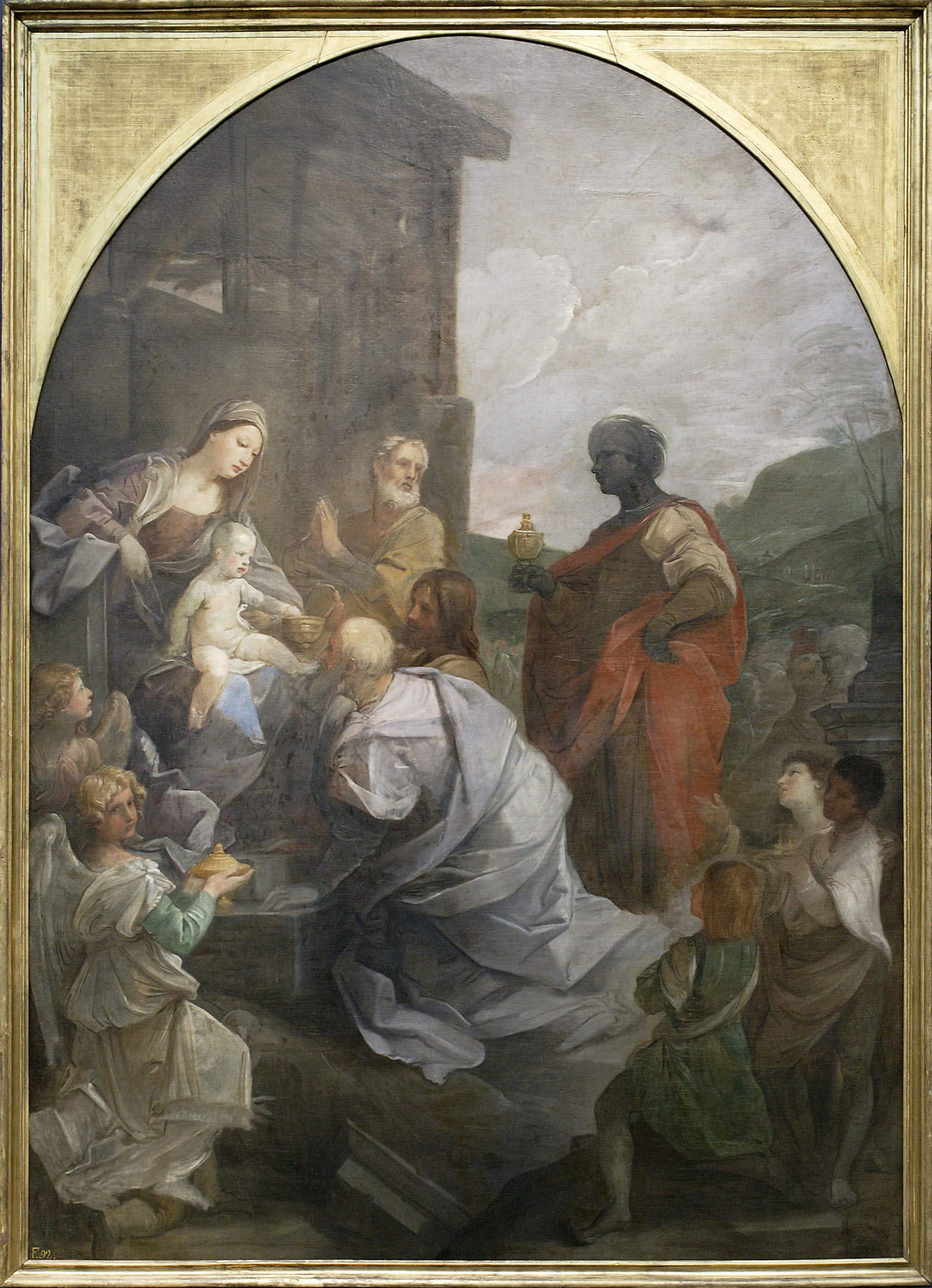
Again at the Getty Museum, this time with a masterpiece of Renaissance sculpture, a bust of a child by Desiderio da Settignano, the most delicate of the sculptors of his time. The bust is an important example of the genre in which the artist excelled. It is one of the most recent releases, and its collecting history is documented as far back as the 18th century, when it was in the collection of the Florentine Antonio Francesco Gori. The work then ended up in England in the nineteenth century and returned to Italy in 1960, when it was purchased by the great restorer Pico Cellini, who then sold it to collector Carlo De Carlo in 1967. After the latter’s death in 1999, his heirs sold it in an auction at the Venetian house Semenzato in 2001: the French collector Brimo de Laroussilhe won it, who then sold it to the Getty in 2018.

The journey concludes with the most recent case: the Portrait of Camillo Borghese by the French artist François Gérard, an artist of Napoleonic sympathies, who in fact here portrays the prince brother-in-law of Napoleon Bonaparte. The work remained in the collections of Camillo Borghese’s heirs until a few years ago, when it was sold to the Robilant+Voena gallery, which, having obtained in February 2018 a certificate of free circulation from the export office of the Bologna Superintendency, in turn sold the painting to the Frick Collection in New York. A case then developed around this painting, because just two months after the sale by the antiquarian, the Superintendency revoked the authorization. At present, the case is still sub iudice.
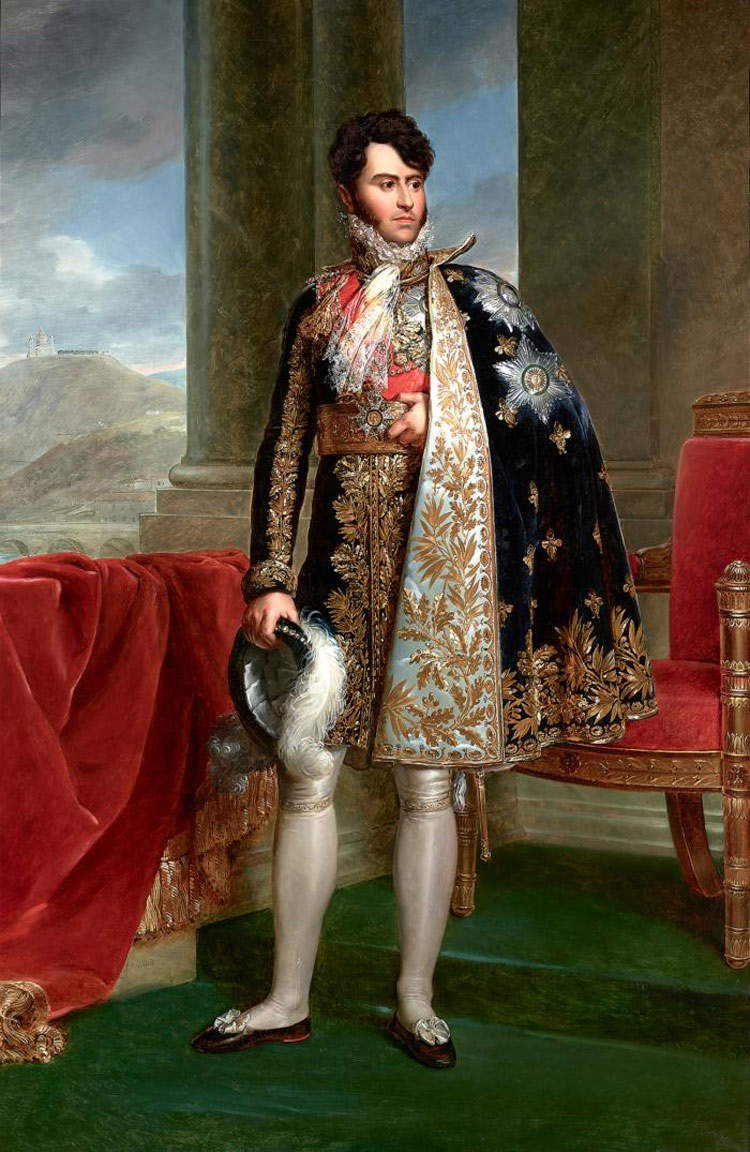
Warning: the translation into English of the original Italian article was created using automatic tools. We undertake to review all articles, but we do not guarantee the total absence of inaccuracies in the translation due to the program. You can find the original by clicking on the ITA button. If you find any mistake,please contact us.